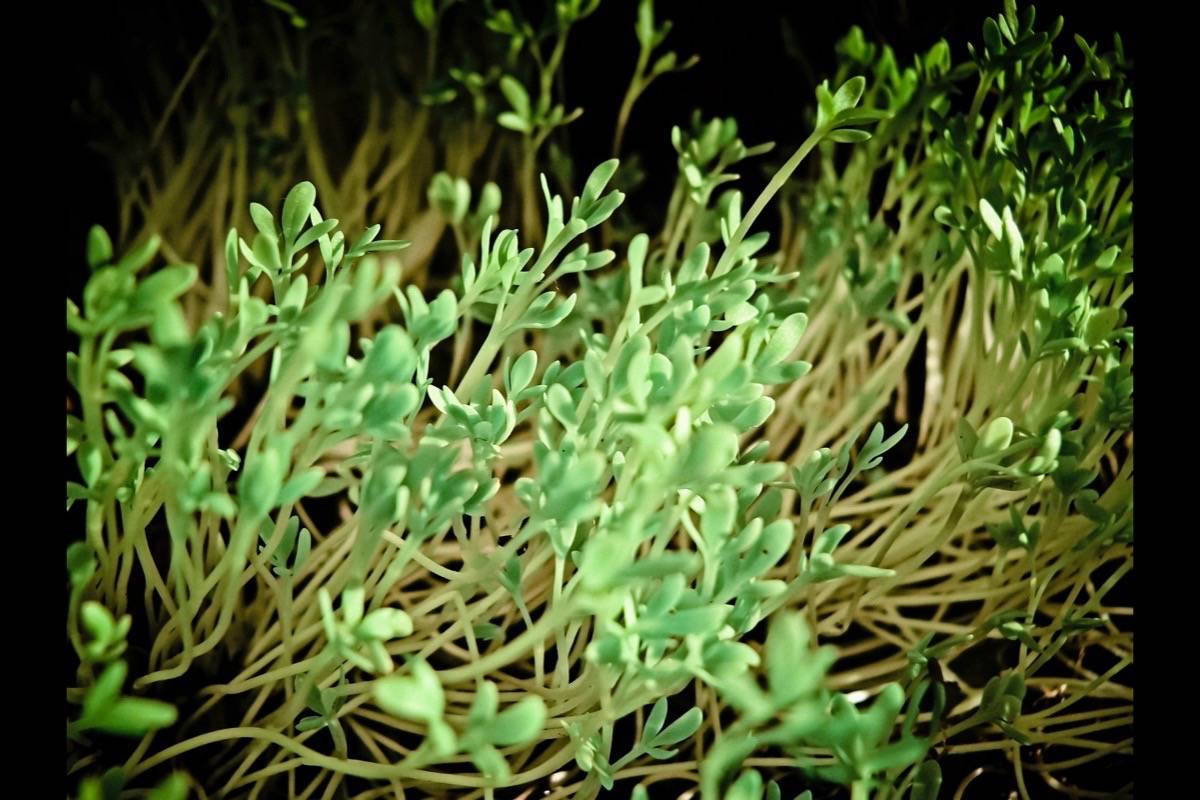They are small, they are spreading, and they are a growing problem in the Columbia Valley.
Invasive species are public enemy number one for the East Kootenay Invasive Species Council (EKISC).
The EKISC, a collective of government and non-government, multi-interest stakeholders, covers the boundaries of the Regional District of the East Kooteanys.
Todd Larsen, executive director of EKISC, says their main focus is on identification and education.
“It’s important to get people to identify weeds and help point them to us,” says Larsen.
They have crews that do inventory in different sites to help establish priorities in the weed control.
In the large boundaries covered by the EKISC, there are different species of concern.
“In the Columbia Valley region in particular there are some species of concern,” says Larsen. “Two species found only in that region, and nowhere else in B.C, are known to be invasive;” black henbane and perennial pepperweed, both discovered in Windermere.
According to the EKISC 2016 priority species list, other species of concerns in this area include flowering rush, velvetleaf, yelllow starthistle, leafy spurge and spotted knapweed.
So what is the problem with invasive species? Larsen says some, such as leafy spurge, have a sap that is toxic to livestock. Others choke out the native plants and take over, spreading rapidly and out of control. That is the problem local farmer Bill Coy has found, especially with invasive species like knapweed.
“It takes over,” Coy says. “It’s a steady spray job to stay ahead and if you ever get behind there’s no hope.”
Coy, a cattle farmer, attended an EKISC forum last month as a representative of the Windermere District Farmer’s Institute.
Coy says the issue is the speed at which invasive species such as knapweed can spread and he raises concerns with the volume of spray used on the roads today in comparison to the past.
“You don’t see the same amount of herbicides put on the ground as we used to do,” says Coy.
Coy says he suggested at the forum that more spraying should be done at this end of the valley. However, Larsen says thy have to manage with the resources they have.
“We are focusing on preventing weeds from becoming established,” says Larsen. “There’s a focus on educating people and changing their behaviours.”
Larsen says the organization could deal with weeds “forever,” but if recreational users are still spreading the weeds around, “You’re not getting any further ahead.”
Invasive species can be land or water-based, and can be plant or animal. According to the EKISC website, invasive species “are known to have a wide range of impacts wherever they establish and spread. Their ecological, social and economic effects can be alarming and very often, irreversible.”
If you spot an invasive species, you are urged to report it on the provincial website http://www.reportaweedbc.ca/ There is also a reporting app available.
It is actually against the law to not deal with invasive weeds found on your own property. The BC Weed Control Act is a provincial legislation that requires property owners to prevent the spread of invasive species.
The Regional District also has a program to help residents with guidance, resources and possibly even financial support to manage invasive plants. See ‘Environmental Services’ on the RDEK website at http://www.rdek.bc.ca for more information.
To learn more about the EKISC, see www.ekisc.com.
